IVF with Gender Selection Price in Tijuana, Mexico
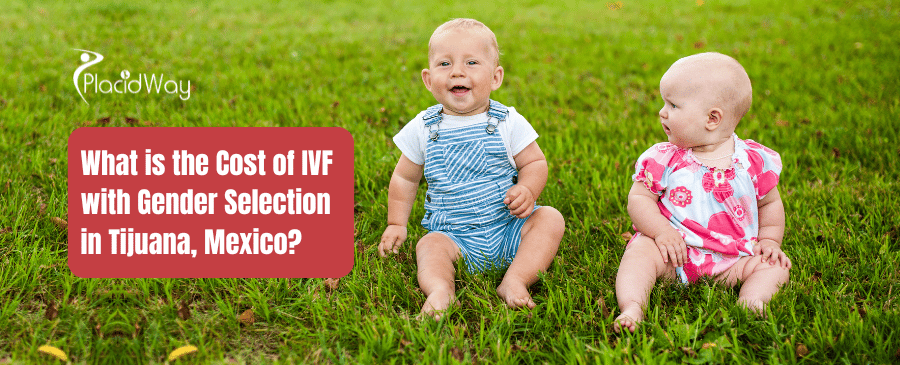
Choosing to undergo In Vitro Fertilization (IVF) with gender selection is a significant decision for many families, whether for medical reasons, family balancing, or personal preferences. Tijuana, Mexico, has emerged as a popular destination for these procedures due to its advanced fertility clinics, experienced specialists, and often more affordable costs compared to countries like the United States or Canada. This blog post aims to provide a comprehensive overview of IVF with gender selection in Tijuana, Mexico, addressing key questions and offering detailed insights to help you make an informed choice.
What is the approximate cost of IVF with gender selection in Tijuana, Mexico?
"The cost of IVF with gender selection in Tijuana, Mexico, typically ranges from $9,000 to $15,000 USD, which usually includes the base IVF cycle and the added expense of Preimplantation Genetic Testing for Aneuploidy (PGT-A) for gender identification."
The exact price can vary based on the specific clinic, the complexity of the case, and whether additional services or medications are required. This range generally covers the core IVF procedure, including ovarian stimulation, egg retrieval, fertilization, embryo culture, and embryo transfer, along with the Preimplantation Genetic Testing for Aneuploidy (PGT-A), which is the method used for gender selection. Patients should also budget for preliminary consultations, diagnostic tests, and necessary medications, which can add to the overall expense. Some clinics offer comprehensive packages, while others itemize each service, so it's essential to get a detailed quote.
Is gender selection legal in Mexico for non-medical reasons?
"Yes, gender selection is legal in Mexico for both medical and non-medical reasons, including family balancing."
Unlike some countries where gender selection is only permitted for medical purposes (e.g., to prevent sex-linked genetic disorders), Mexico's legal framework for assisted reproductive technology is more permissive. This makes Mexico, and specifically Tijuana, an attractive option for individuals or couples who wish to choose the sex of their baby for personal reasons, such as balancing their family. This legal flexibility is a major factor in Mexico's popularity for fertility tourism.
How does gender selection work in conjunction with IVF?
"Gender selection in IVF is primarily achieved through Preimplantation Genetic Testing (PGT), specifically PGT-A (for aneuploidy), which analyzes the chromosomes of embryos created during IVF to identify their sex before transfer."
During an IVF cycle, multiple eggs are retrieved and fertilized with sperm in a laboratory to create embryos. After a few days of development, a small number of cells are carefully biopsied from each viable embryo. These cells are then sent to a specialized genetics laboratory for PGT-A. The PGT-A analysis not only screens for chromosomal abnormalities (aneuploidy) but also reveals the sex of each embryo (XX for female, XY for male). The fertility specialist then transfers only the embryo(s) of the desired gender into the uterus, significantly increasing the chances of conceiving a child of that specific sex. This method boasts a very high accuracy rate, often exceeding 99%.
What is included in the typical IVF with gender selection package in Tijuana?
"A typical IVF with gender selection package in Tijuana often includes initial consultations, ovarian stimulation monitoring, egg retrieval, sperm fertilization (sometimes with ICSI), embryo culture, PGT-A for gender selection, and the embryo transfer."
While packages can vary, most reputable clinics in Tijuana will include the essential components of an IVF cycle with the added benefit of gender selection. This usually means:
- Initial Consultation and Diagnostics: Assessment of both partners, blood tests, and ultrasounds.
- Ovarian Stimulation: Medications to stimulate egg production and regular monitoring (ultrasounds and blood tests) to track follicle development.
- Egg Retrieval: A minor surgical procedure to collect the mature eggs.
- Sperm Preparation and Fertilization: Processing of sperm and fertilization of eggs in the lab, often using Intracytoplasmic Sperm Injection (ICSI) for higher fertilization rates.
- Embryo Culture: Growing the embryos in the laboratory for several days.
- Embryo Biopsy and PGT-A: Taking a small sample from each embryo for genetic testing to determine gender and chromosomal health.
- Embryo Transfer: Placing the selected embryo(s) into the woman's uterus.
Additional costs may arise from medications, cryopreservation (freezing) of surplus embryos, or repeated cycles if the first one is not successful.
What are the success rates for IVF with gender selection in Tijuana?
"The success rates for IVF with gender selection in Tijuana are generally comparable to international standards for IVF, with the gender selection accuracy itself being very high, often above 99%."
The overall success of an IVF cycle, measured by live birth rates, depends on several factors, including the woman's age, ovarian reserve, embryo quality, and underlying fertility issues. While PGT-A is highly accurate in identifying the gender of an embryo, it doesn't guarantee a successful pregnancy or live birth. However, by selecting chromosomally normal embryos of the desired sex, PGT-A can actually improve overall IVF success rates by reducing the risk of miscarriage due to chromosomal abnormalities. Many clinics in Tijuana report success rates on par with leading fertility centers globally, especially for younger patients.
What are the ethical considerations surrounding gender selection in IVF?
"Ethical considerations around gender selection in IVF often revolve around concerns about creating 'designer babies,' societal gender imbalances, and the perception of treating children as commodities, though many families pursue it for family balancing or medical reasons."
While legally permitted in Mexico, the practice of gender selection raises several ethical questions. Critics often voice concerns about the potential for sex discrimination, the erosion of the inherent value of a child regardless of gender, and the possibility of creating societal gender imbalances if widely adopted. However, proponents emphasize reproductive autonomy and family balancing as valid reasons for choosing gender. In cases of sex-linked genetic disorders, gender selection becomes a medical necessity to prevent the transmission of serious diseases to offspring. Reputable clinics engage in discussions with patients about these ethical implications, ensuring informed consent and adherence to best practices.
How long does the IVF with gender selection process typically take?
"The active phase of an IVF with gender selection process typically takes about 2-3 weeks for ovarian stimulation, egg retrieval, and embryo biopsy, followed by a waiting period for PGT-A results (usually 1-2 weeks) before the embryo transfer."
The entire process, from initial consultation to embryo transfer, can take several weeks to a few months, depending on individual patient needs, clinic schedules, and the time required for genetic testing results. Patients often need to travel to Tijuana for specific phases of the treatment, with some preliminary tests potentially being done in their home country. The timeline generally follows these steps:
- Initial Consultation and Testing: 1-2 weeks.
- Ovarian Stimulation: 10-14 days.
- Egg Retrieval and Fertilization: Day 0 of the IVF cycle.
- Embryo Biopsy: Day 5 or 6 of embryo development.
- PGT-A Results: 1-2 weeks.
- Embryo Transfer: Can occur in the same cycle (fresh transfer) if results are quick, or in a subsequent cycle after freezing embryos (frozen embryo transfer).
What are the potential risks associated with IVF and gender selection?
"The potential risks of IVF and gender selection include those common to all IVF procedures, such as Ovarian Hyperstimulation Syndrome (OHSS), multiple pregnancies, and complications from egg retrieval, in addition to the very low risks associated with embryo biopsy for PGT-A."
While generally safe, IVF procedures carry certain risks. OHSS is a condition where the ovaries become swollen and painful due to overstimulation. Multiple pregnancies are a risk if more than one embryo is transferred, though this is less common with gender selection as typically only one or two highly screened embryos are transferred. Risks associated with egg retrieval include bleeding, infection, or damage to surrounding organs. The embryo biopsy performed for PGT-A is a delicate procedure, but the risk of damage to the embryo is extremely low when performed by experienced embryologists. Patients should discuss all potential risks and benefits thoroughly with their fertility specialist.
What is the difference between PGT-A and MicroSort for gender selection?
"PGT-A (Preimplantation Genetic Testing for Aneuploidy) analyzes embryos for chromosomal health and gender after fertilization, while MicroSort is a sperm-sorting technique performed before fertilization to increase the likelihood of conceiving a specific gender."
PGT-A is the more widely used and highly accurate method for gender selection in conjunction with IVF. It directly identifies the sex chromosomes of the embryo. MicroSort, on the other hand, is a preconception method that separates X-bearing (female) and Y-bearing (male) sperm based on their DNA content. While MicroSort can increase the chances of conceiving a specific gender, its accuracy is lower than PGT-A (typically 70-90% depending on the desired gender), and it is not as readily available or widely utilized by clinics as PGT-A. Many clinics in Tijuana that offer gender selection primarily use PGT-A due to its higher accuracy and ability to screen for other genetic abnormalities.
Why choose Tijuana, Mexico, for IVF with gender selection?
"Tijuana, Mexico, is chosen for IVF with gender selection due to its more affordable costs compared to the US and Canada, established and reputable fertility clinics, experienced specialists, and favorable legal environment regarding elective gender selection."
Several factors contribute to Tijuana's appeal as a medical tourism destination for fertility treatments:
- Cost-Effectiveness: The overall cost of IVF with gender selection in Tijuana is significantly lower than in many Western countries, making it accessible to a broader range of patients.
- Advanced Clinics and Expertise: Many clinics in Tijuana are equipped with state-of-the-art technology and staffed by highly trained reproductive endocrinologists and embryologists, often with international experience.
- Legal Permissiveness: As mentioned, gender selection for non-medical reasons is legal in Mexico, providing an option for family balancing that may not be available in other countries.
- Proximity for US Patients: For patients in the southern United States, Tijuana's close proximity makes travel relatively easy and convenient.
- Patient-Centered Care: Many clinics prioritize personalized care and excellent patient experience for international visitors.
Explore PlacidWay for comprehensive solutions related to medical tourism, healthcare services, and other relevant offerings that can support your journey.


.png)

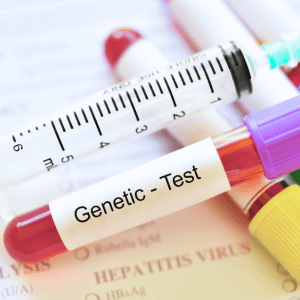


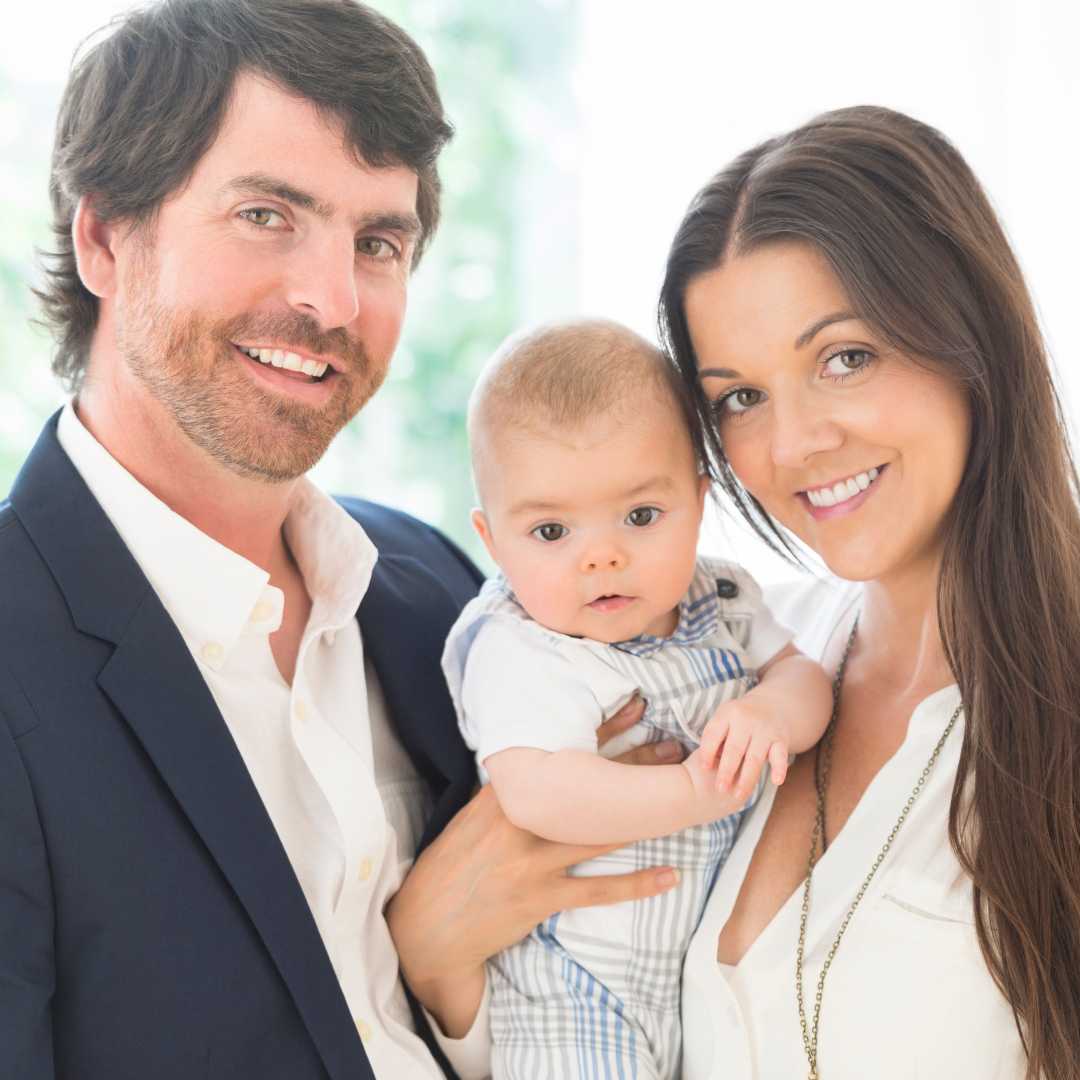
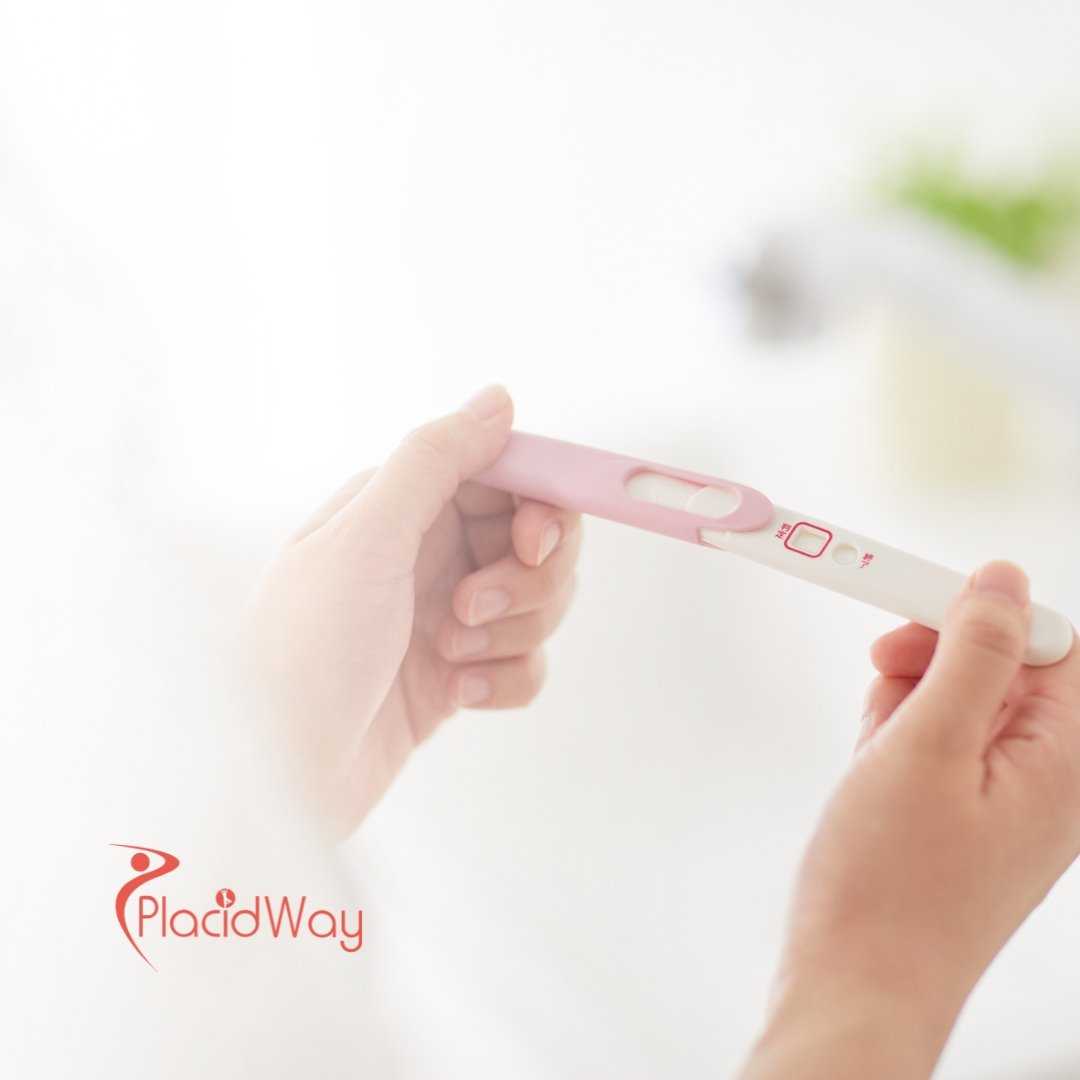

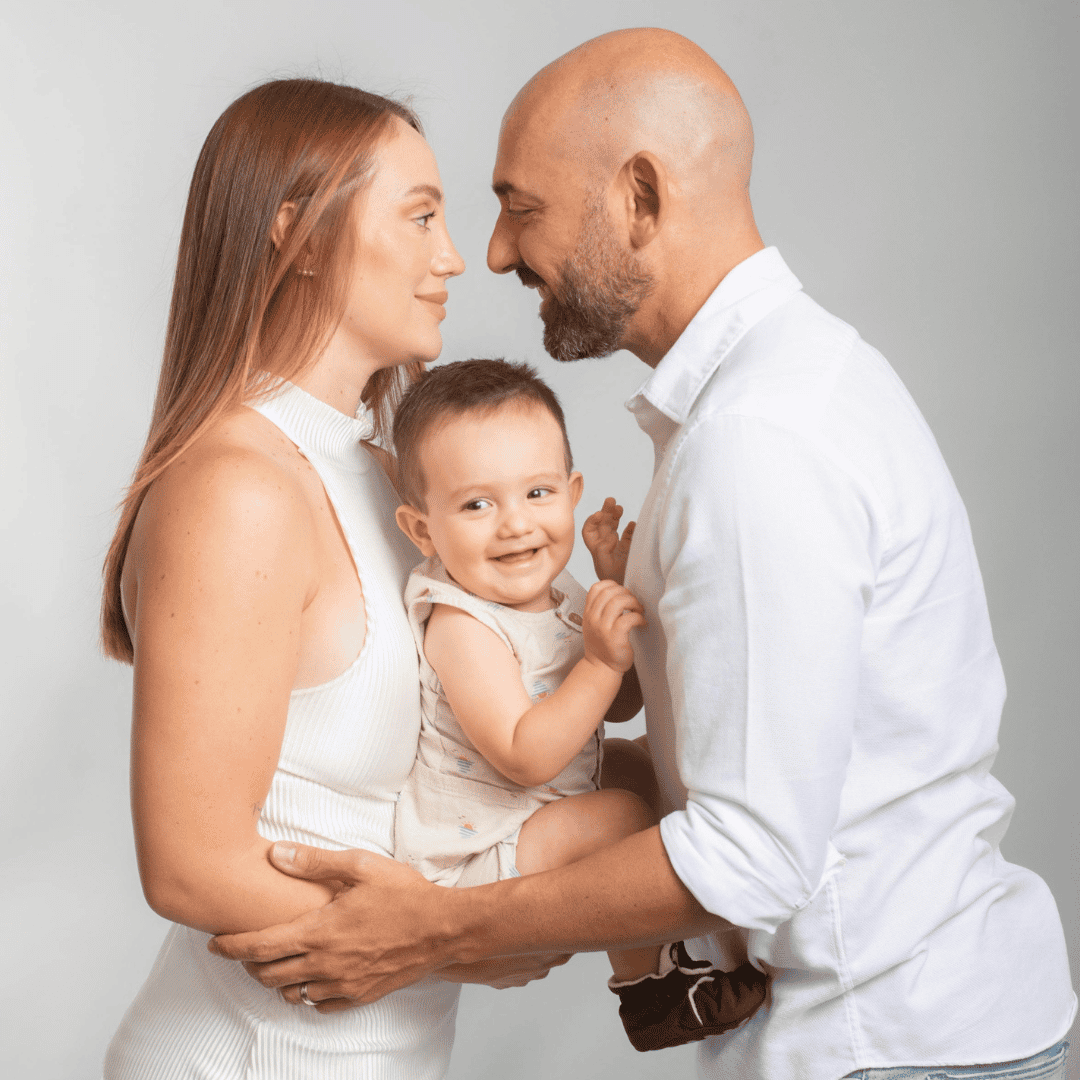
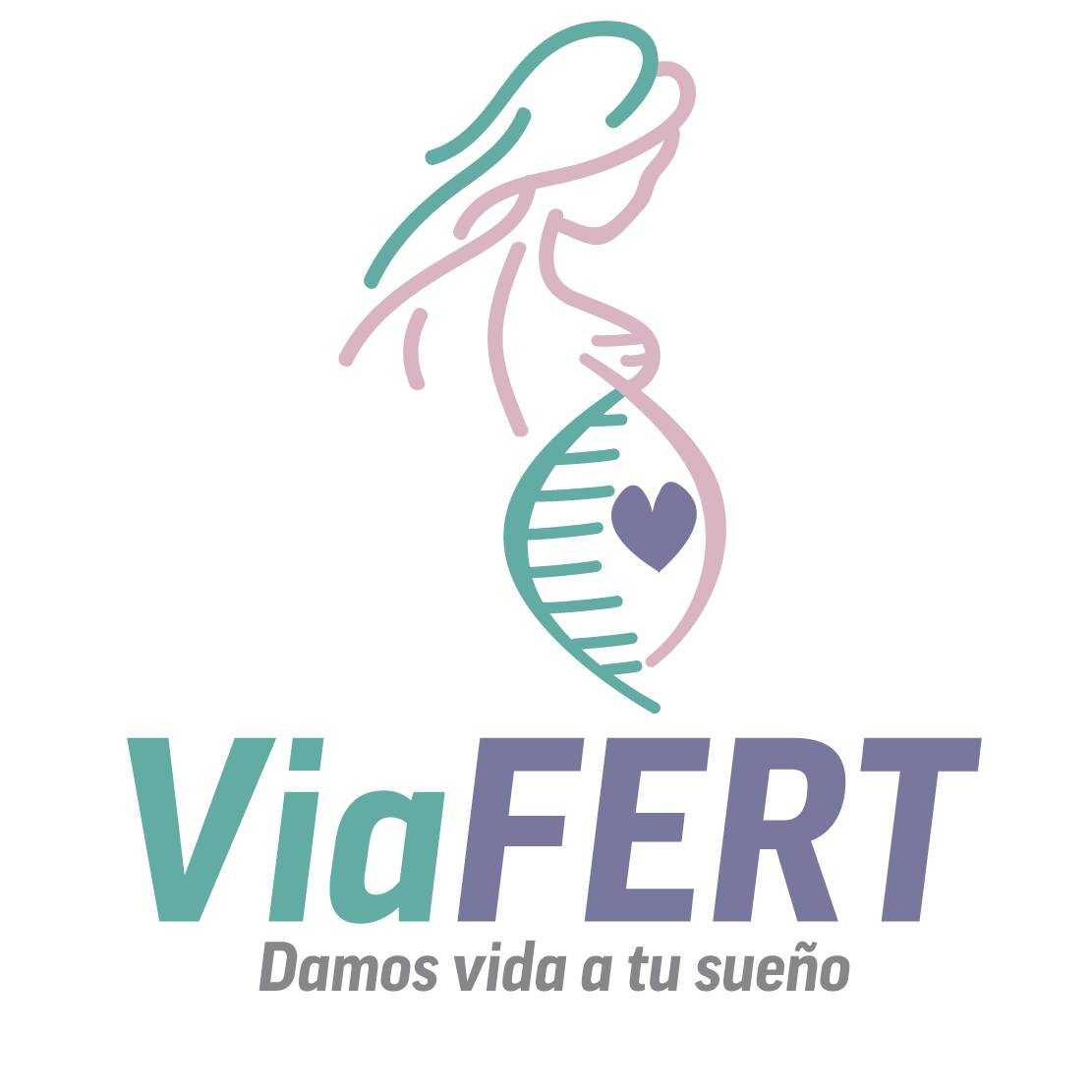
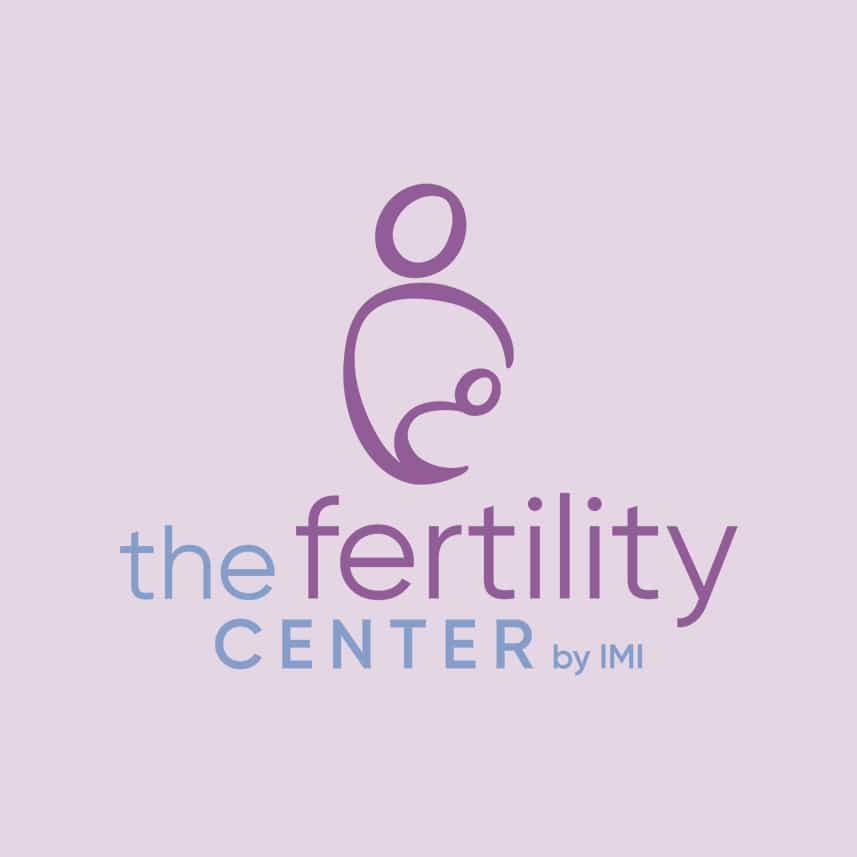
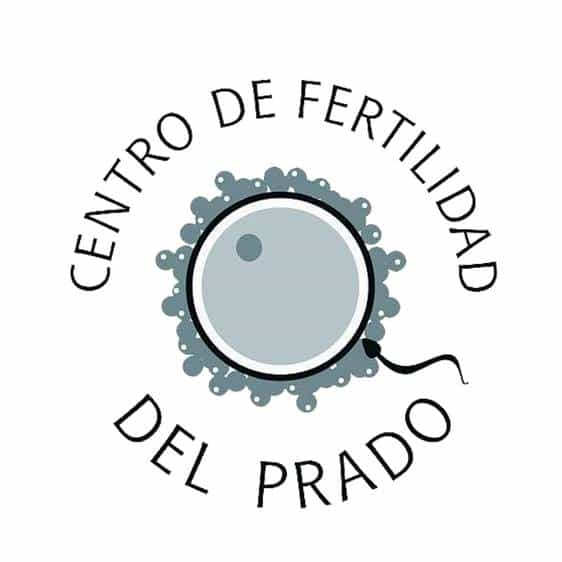
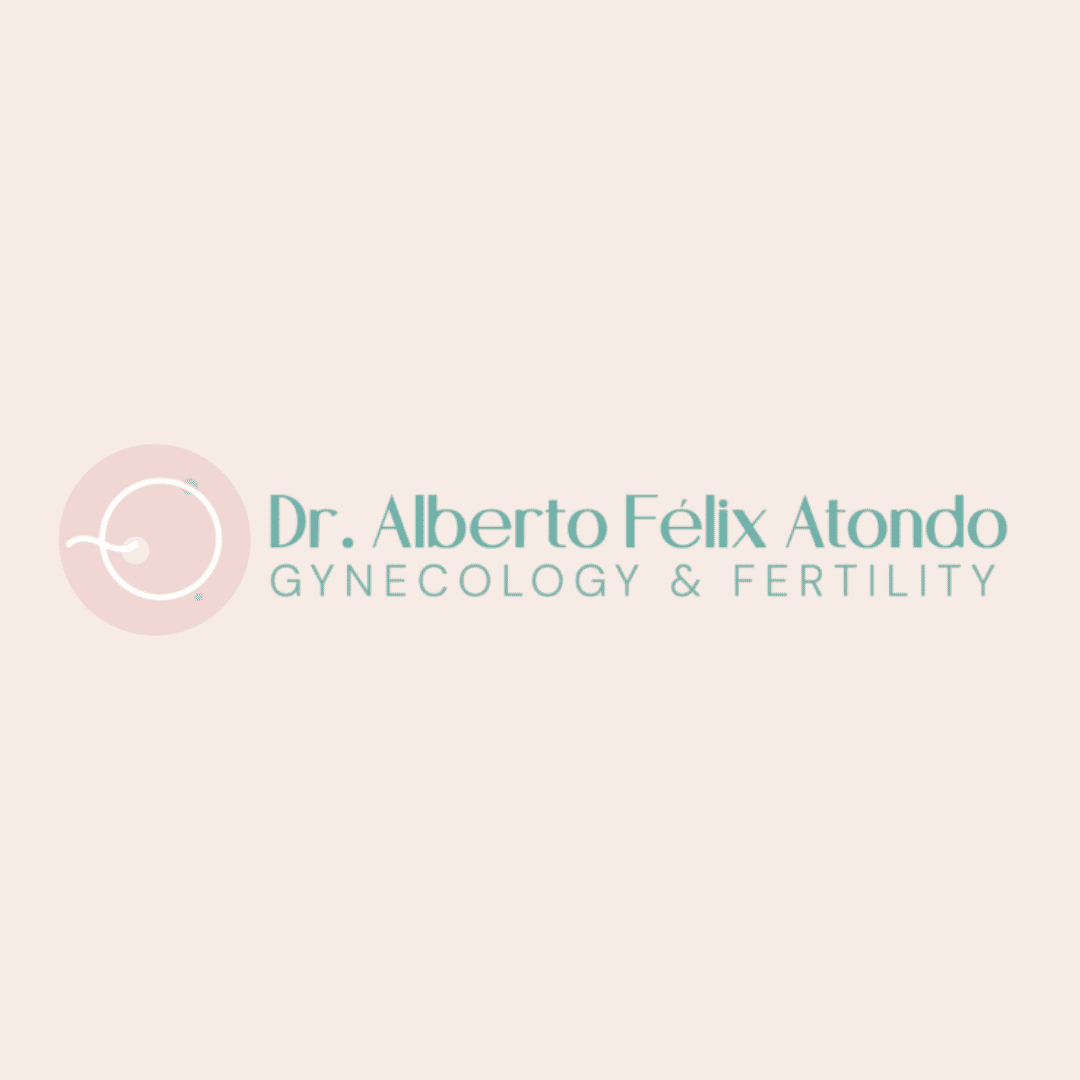
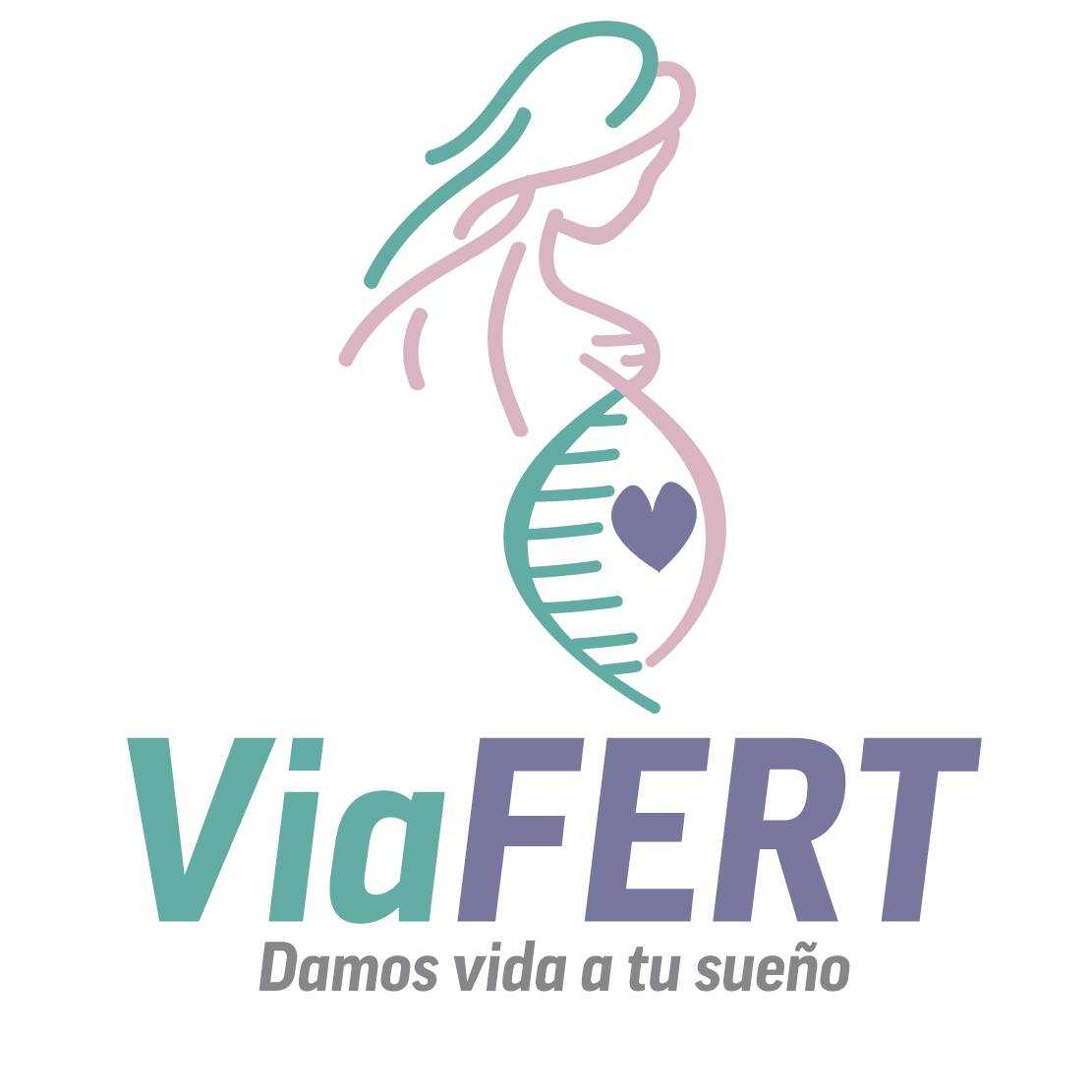

Share this listing